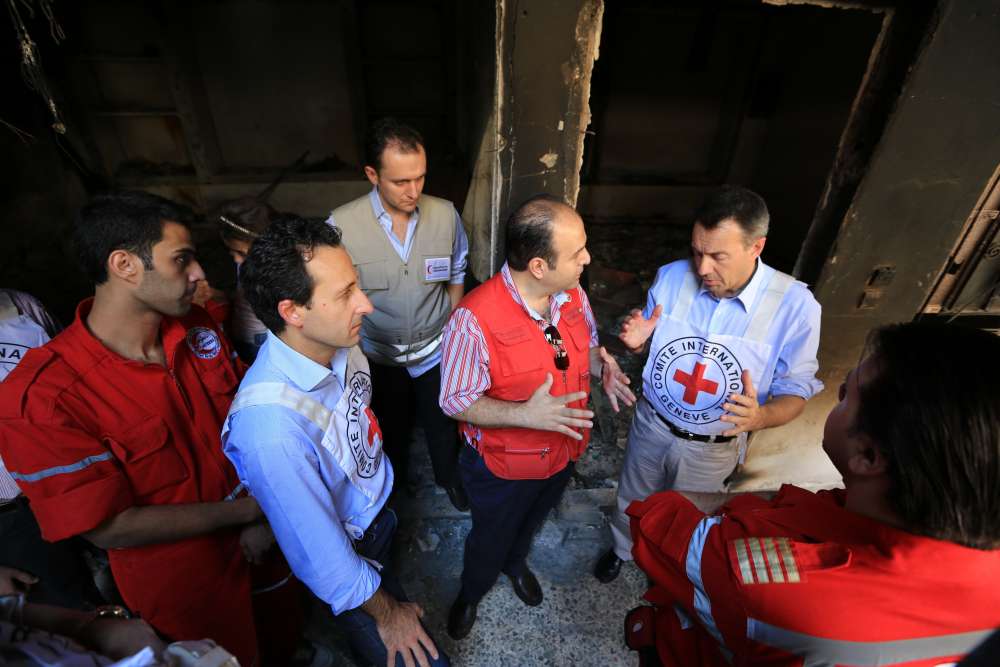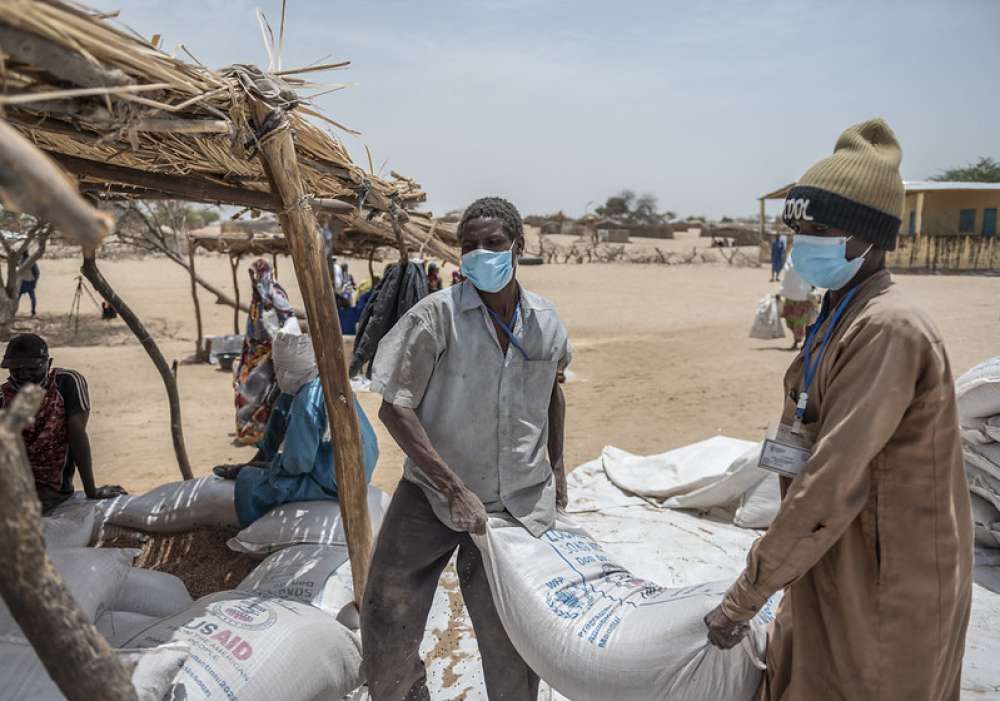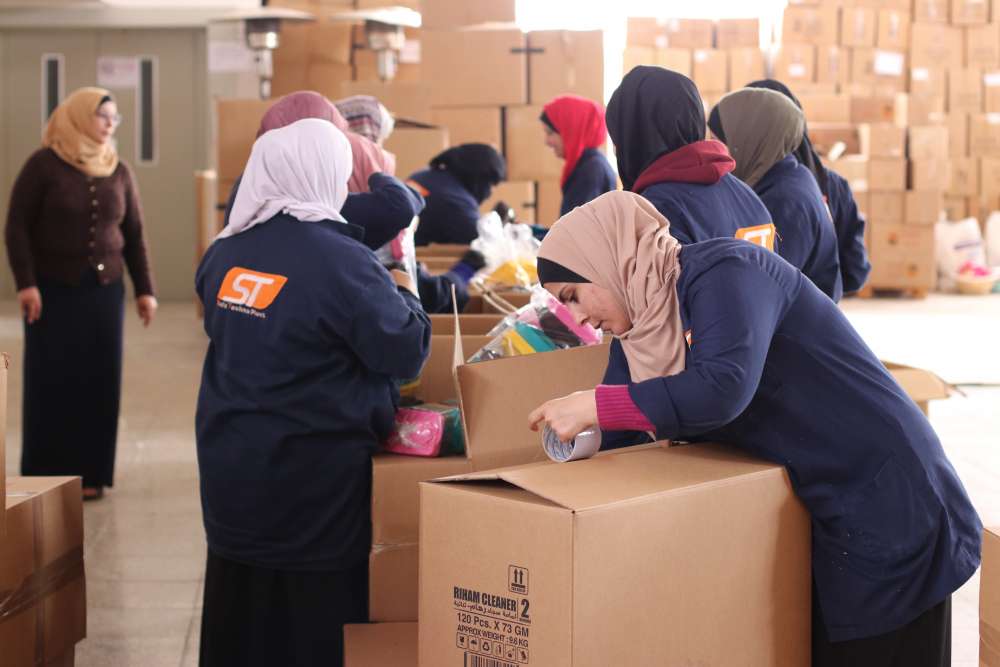Full Accountability to Affected People Cannot Possibly Be Bad – Or Can It?

Calling for regime change and a participation revolution, humanitarians are once again committing to take accountability to affected populations (AAP) to the next level. But would the full implementation of these demands have unintended side effects?
On paper, the proposal for accountability to affected people seems fairly straightforward: affected people should participate meaningfully in humanitarian decisions; aid agencies should provide communities with information and offer accessible and responsive feedback mechanisms; and the people who are most vulnerable and traditionally marginalised should be included in the process. These points are based on two broadly supported reference points: the Core Humanitarian Standard (CHS) and the Inter-Agency Standing Committee’s (IASC) Commitments on AAP. In a fully accountable system, this would happen throughout the entire program cycle, and involve the humanitarian response as a whole, as well as the work of individual organisations.
The rationale is two-fold. First, crisis-affected people are the primary stakeholders of humanitarian responses. They have the moral right to influence decisions that affect their lives. Second, humanitarians believe that participation will make responses more effective, timely and relevant. Evidence on the results of participatory programming remains limited, but case studies indicate improvements such as higher cost-efficiency, better targeting and improved security conditions for operational staff.
In practice, however, full AAP would not be roses all the way. It would demand a fundamental shift in the way the humanitarian sector functions, with important unintended effects.
1. Effects on Local Power Dynamics
Since humanitarian agencies cannot engage with every affected individual, they will need to work with local representative structures – either existing or newly created ones. Especially in conflict settings, deciding who can participate on behalf of a community will be a difficult and deeply political activity that may fuel tensions between different groups of people. Granting these privileges to some individuals over others also conflicts with a core humanitarian principle: impartiality.
2. Less Power for Humanitarian Agencies and Donors
Full accountability means that aid agencies need to be able to respond to the wishes of affected communities. But what to do when aid recipients have different priorities and tell an NGO with an education mandate that they would rather invest in infrastructure? Or when they prefer a type of food that is proven to be less nutritious than other kinds of food? Full AAP will decrease the ability of agencies to align programs with their own, as well as with their donors’ organisational and political priorities. Reduced control over humanitarian budgets is risky for donors because it could lead to a weakening of their national parliaments’ and tax payers’ support for aid budgets.
3. Changes in the Humanitarian Actor Landscape
Participatory programming requires organisations that can respond to the preferences of communities, whether they are for food, education, cash programs or professional training and business development. Not all agencies are able to do this. Particularly organisations with a mandate for just a single sector may lose “market share” because they cannot meet the various needs of affected communities. In addition, effective participation is difficult in the current fragmented humanitarian system. For this reason, the modest systems currently in place for strengthening AAP have already reached their limits. In Somalia, for example, the SAVE research programme found that aid agencies typically create community feedback mechanisms for their own agency or even just for a specific project. This can lead to confusion and frustration in communities served by several organisations. A higher level of community participation will make it necessary to have a coherent interlocutor for each community and thus requires a consolidation of humanitarian agencies.
Making aid efforts accountable to the people they are intended to serve is certainly not a bad aspiration, and humanitarians are rightfully committing to do better than what has been achieved so far. However, there needs be a far more concrete vision of what is possible and desirable, and what is not. To what extent can and should agencies transfer decision-making power to affected people? How should AAP measures be applied in different types and phases of crises? To make real progress, agencies should stop treating AAP as the Holy Grail and agree on practical answers to these difficult but fundamental questions.
Humanitarians also need to have an open debate about the underlying interests that hinder meaningful change. Why has progress been unsatisfactory, despite the sector’s strong commitments to strengthening AAP over the past two decades? Desire for institutional growth, inter-agency competition for resources and paternalistic attitudes keep top-down – oriented agencies from actually empowering affected people. As long as the institutional and political barriers to meaningful participation go unaddressed, more talk and more unrealistic promises will not bring us further and may even mask the reality at hand.
…
The commentary was originally published by the CHS Alliance on July 4, 2016.







